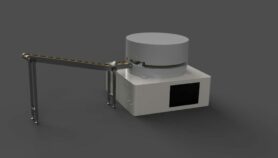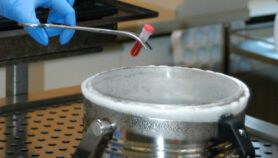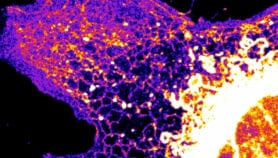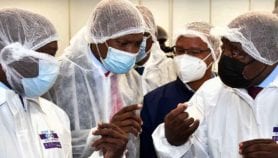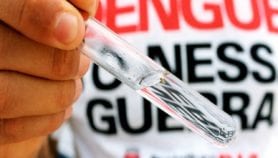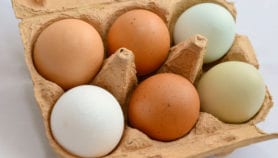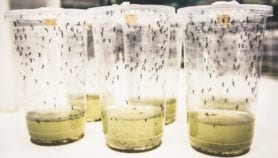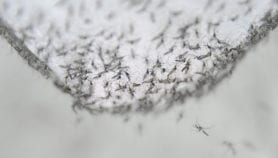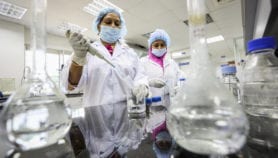By: Ola Al-Ghazawy
Send to a friend
The details you provide on this page will not be used to send unsolicited email, and will not be sold to a 3rd party. See privacy policy.
[CAIRO] Seven Middle-Eastern countries have joined forces to share ideas about how farmers can get the most out of water resources in the region’s driest areas.
Launched in Jordan last week (1–4 February) at an international conference on food security and climate change, The Water and Livelihood Initiative (WLI) will involve rural communities in Egypt, Jordan, Lebanon, Palestine, Syria, Iraq and Yemen.
The aim of the ten-year project is to improve the livelihoods of farmers involved in both irrigated agriculture and rain-fed agriculture. It will also address the problems facing farmers on rangelands — areas of native shrubs and grasses used for grazing.
The Syria-based International Centre for Agriculture Research in Dry Areas (ICARDA) will lead the project, coordinating the initiative and managing the budget from global donors. US universities will provide technical support. Recommendations will be made to policymakers based on the project’s findings.
Theib Oweis, director of ICARDA’s Integrated Water and Land Management Program, said farmers will be shown techniques known to make "more effective and constructive" use of water.
Supplemental irrigation is one such technique. Using this method, farmers irrigate crops during critical growth stages using just one-third the usual quota of water. Research shows that the technique can increase water productivity from one to 2.5 kilograms of wheat per cubic metre of water.
Rainwater harvesting will also be promoted under the initiative. Studies in Jordan show that up to half the rainfall runoff in the region can be captured and directed towards rangelands. Scientists in Syria have used satellite data to locate the best places for such harvesting to be applied.
Water harvesting has traditionally involved the tedious manual creation of micro-catchments (land contours that direct water towards plants) but Owies says farmers will be shown how modern machinery can achieve the same results.
To date, the WLI has received US$1 million from USAID. Part of this will go towards training programmes for farmers.
"This tight starting budget is a major challenge we are trying to resolve," Oweis told SciDev.Net. He added that the initiative’s founders hope to raise a total of US$50–60 million.
The success of the WLI will be monitored at a local level, with researchers measuring water productivity and livelihoods before and after a new technique is applied.
In some Middle Eastern countries water availability per capita is 170 cubic metres per year — far below the world water poverty line of 1,000 cubic metres per year.


